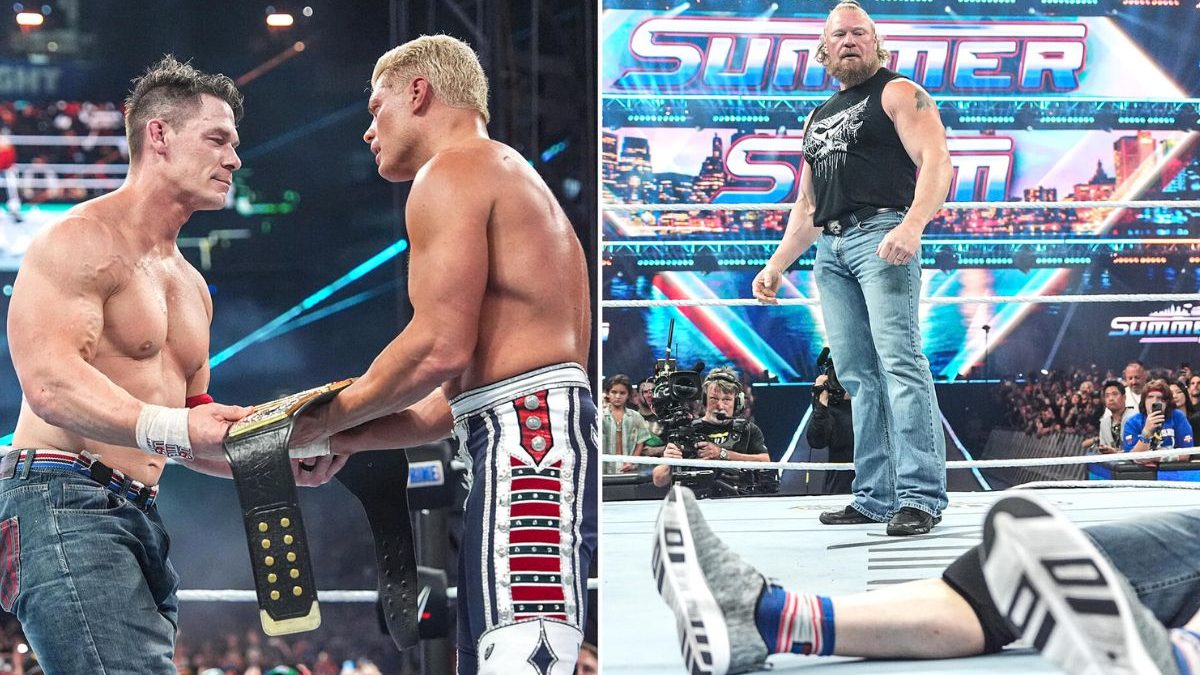Stan Wawrinka, who won the US Open title in 2016, is fresh off the ouster of World No 1 Novak Djokovic, or at the very least, he appeared to be well on track for another Grand Slam semi-final this year, two years after injury struggles sent him down the rankings. Up two sets and a break against the World No 1 when he retired, Wawrinka nevertheless looked in the phenomenal nick. And if anyone has embodied the idea of fighting spirit on the court, it has been the Swiss former No 3. On the other side of the net was a younger hope, one who has for some time been touted as hardcourt tennis’ Next Big Thing. 23-year-old Daniil Medvedev certainly consolidated that belief with his title win in Cincinnati over veteran Novak Djokovic, but the US Open has been decidedly different for the No 5 seed. [caption id=“attachment_7281751” align=“alignleft” width=“380”] Medvedev beat Wawrinka in four sets to move to his first US Open semis. AFP[/caption] If you’ve ever watched — or followed professional wrestling — you might be familiar with the concept of a heel. And if you’ve been following the US Open, particularly Medvedev, that is exactly the role he has found himself in, intentionally or otherwise. A heel doesn’t have to be an out-and-out villain; just act as a foil to the protagonist(s), as the case may be, and get the audience riled up against them. Heels are generally shown being immoral, unlikeable, and doing very dislikeable things in the ring. It often helps spice up a WWE storyline. That’s exactly what Medvedev has been doing. The Russian has not helped matters with his on-court behaviour, particularly towards the ball boys and towel person in his Round 3 match against Feliciano Lopez. Revelling in his role as the heel, arms raised after the Lopez match and indeed after his match against Germany’s Dominik Koepfer, he had thanked the crowd for “making (me) stronger” with their boos. He had his share of those boos as he entered the Arthur Ashe for his quarter-final against Wawrinka, and the negativity, in fact, fuelled him to do more. Already seriously cramping during his fourth-round match against Koepfer, the Russian came into his first US Open quarter-final in pain, taped up, and revealing that he had serious pain in his adductor. Given the consistently high level of tennis he has been pulling out day after day and indeed, week after week over the past few months, most would not have blamed him for pulling out of the game. And when you’re a lanky 6'6", your body is even more prone to injury — just ask Juan Martin del Potro. Given the state of the US Open crowd — one that booed Naomi Osaka for defeating Serena Williams in the final last year — Medvedev perhaps already proved his mental strength. It takes a strong player to be able to absorb negative energy, even more so when you’re in physical pain. However, two minutes into the match, Medvedev had already broken Wawrinka. Not letting the Swiss find the zone he had so comfortably fallen into during his match against Djokovic, Medvedev varied shots. Rarely playing the same shot twice, he sent Wawrinka scurrying in all directions. That said, he did begin the match double faulting all over the place, but his forehand — assisted well by some wide Wawrinka returns at very opportune times — kept bailing him out. If top-spin was needed, Medvedev generated it. When Wawrinka brought out the backhand slice, Medvedev responded in kind. The Swiss tried to send him to the net and back again, but the Russian did well to retrieve every serve and every shot. If he was having a problem with pain, which, as evinced by the trainer coming on twice in the first set alone, Medvedev did not let it impact his movement. A most unlucky net cord took the first set to a tiebreak, and despite two trainer visits, more tape and a short break for his pain, he soldiered on. In a departure from his baseline-heavy game, Medvedev also came up to the net, winning 15 of 22 net points. Stan Wawrinka is best once he’s found his groove, but on Tuesday night, that was exactly what Medvedev prevented. Although Wawrinka caught him in brutally difficult rallies while he was in pain, Medvedev found his rhythm after the first set. He restricted his unforced error count to 20 percent, only four in the second. By the second set, and indeed, further through the match, Medvedev got aggressive, turned on the variations, and refused to let Wawrinka get comfortable, even when the latter was serving out the third set. Always considered a good counterpuncher, Medvedev knew exactly when to attack. Following the match, Medvedev also pulled off perhaps his biggest ace — winning over the booing US Open crowd with an apology. “I got what I deserved,” Medvedev said of the boos. “Usually I’m not like this, as I was in the third-round match. I’m not proud of it. I’m working to be better. Hopefully, I can show the bright side of myself.” Medvedev’s behaviour towards ball kids and umpires, over the years, has been less than savoury, but if that behaviour is something he can change, there may well be a talent who can turn fans over to the Dark Side.
If you’ve ever watched — or followed professional wrestling — you might be familiar with the concept of a heel. And if you’ve been following the US Open, particularly Medvedev, that is exactly the role he has found himself in, intentionally or otherwise.
Advertisement
End of Article


)

)
)
)
)
)
)
)
)



